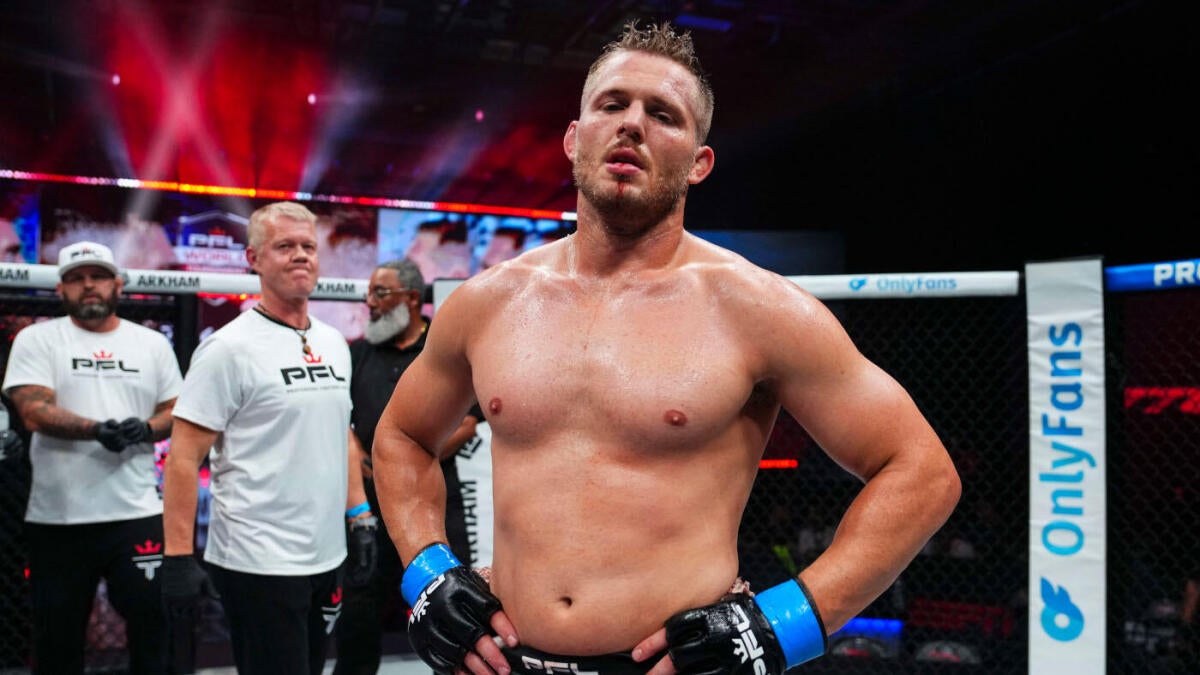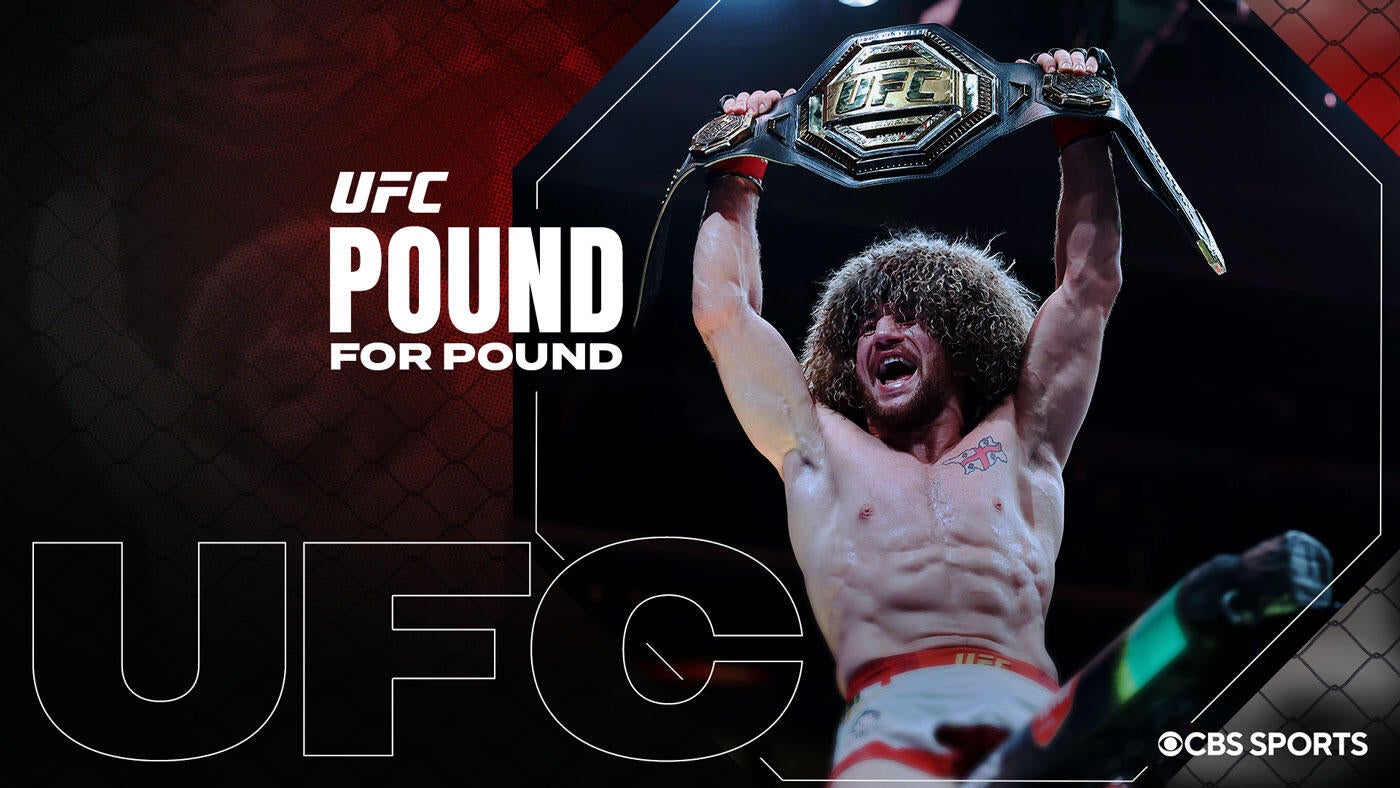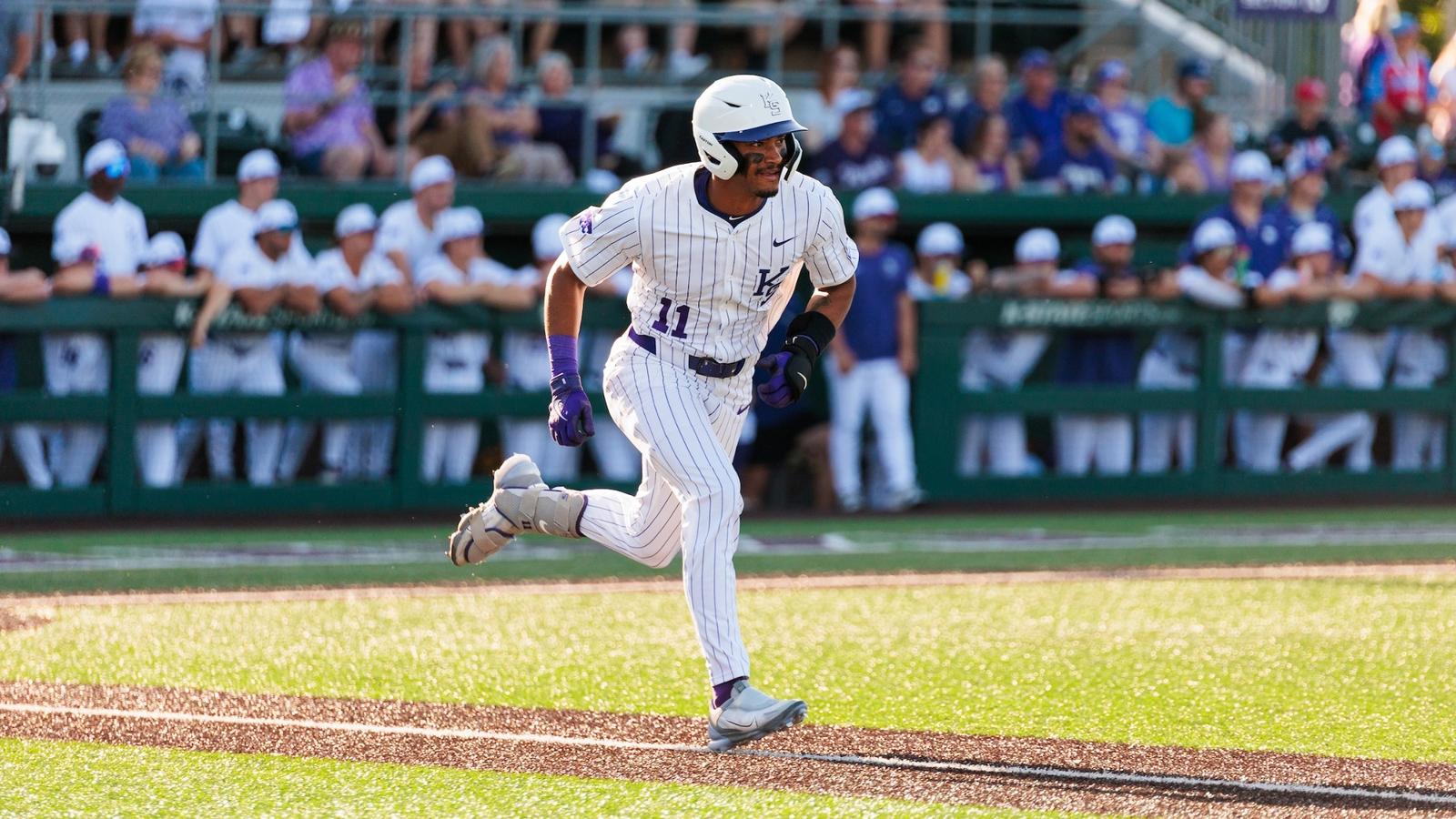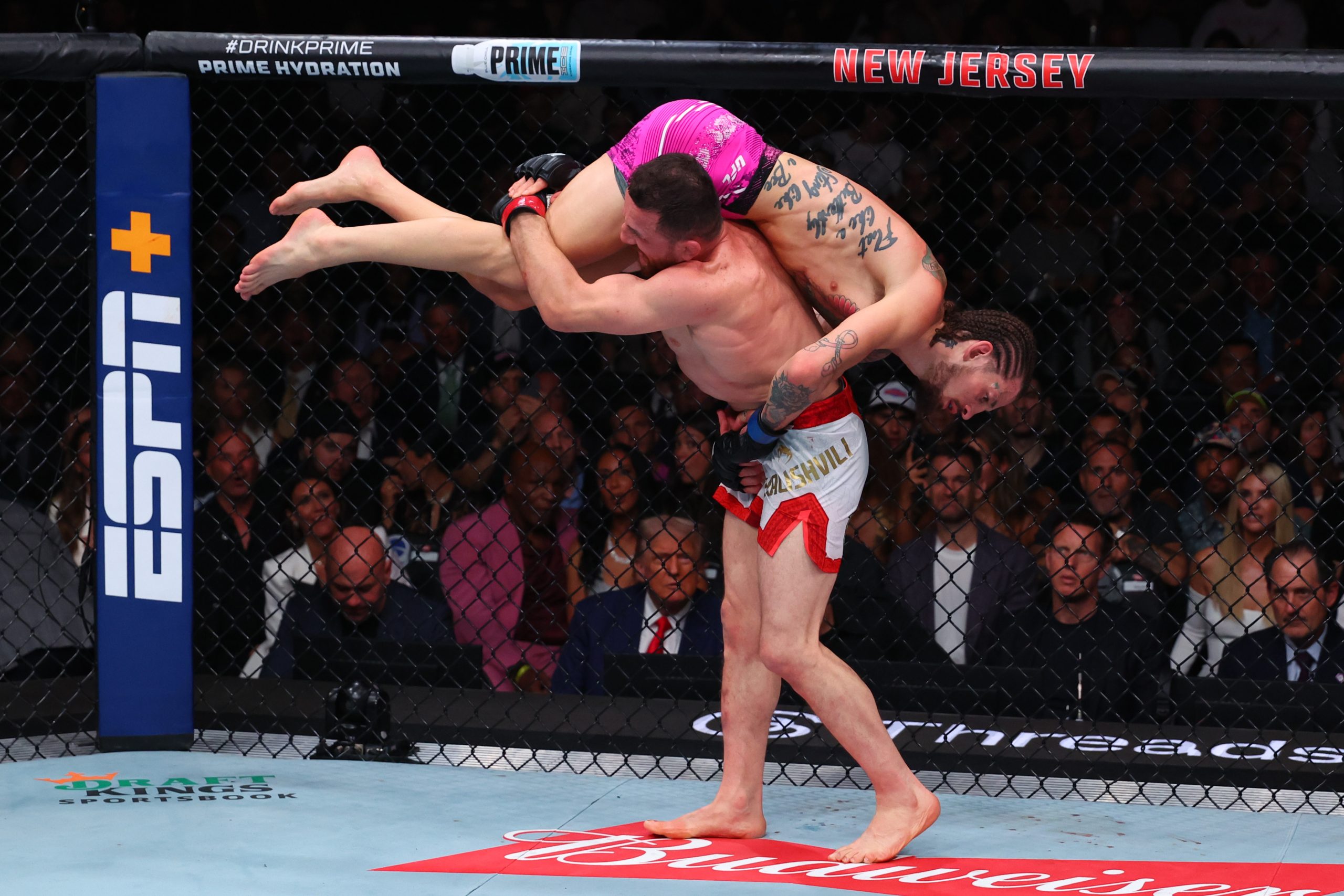For decades, women’s basketball was dominated almost exclusively by UConn and Tennessee, and then, for many years, only UConn’s dynasty thrived.
In recent years, other contenders have emerged periodically, but none have challenged the crown quite as well as South Carolina.
Until this past season, the Gamecocks and Dawn Staley had arguably taken the mantle from the Huskies and Geno Auriemma. Then, UConn returned to the top of the ladder and cut down the nets for the 12th time in program history, keeping this rivalry and battle for the top of the sport in flux.
Slice it anyway, though, and it’s obvious: No. 1 might be up for grabs, but it’s these two heavyweights that everyone is chasing. NIL, the transfer portal and the recent House v. NCAA settlement, which established revenue sharing in college sports, have upended the landscape. However, due to their rich traditions and coaching acumen, UConn and South Carolina have remained mostly unscathed by the upheaval — and even benefited from it.
The Gamecocks and Huskies signed two of the most highly pursued portal players, as Ta’Niya Latson, the nation’s leading scorer, left Florida State for South Carolina, and Serah Williams, arguably the best big in the portal, left Wisconsin to choose UConn.
This leaves every other coach in the nation strategizing and wondering what it will take to truly and consistently usurp perennial powerhouses UConn and South Carolina on the recruiting trail, the hardwood, or in March. Like much of the rest of big-money NCAA sports, women’s basketball coaches are no longer prioritizing only building four-year players but winning with transfers who can be lured with lucrative NIL promises.
As complicated as the modern era of college athletics has become — a record 1,450 Division I players entered the transfer portal after last season — coaches understand they must work within the confines of this new system, which involves the portal acting as a faster on-ramp for roster building. NIL and revenue share are becoming additional incentives for players to consider other programs if they want to succeed.
Fourteen power conference coaches interviewed by The Athletic said they’ve completely altered how they build rosters, recruit and develop talent.
“Coaches are questioning, obviously: Is it even worth it to be in this business? What are we doing? What are we doing if we can’t build a program and you’re starting from scratch every year to build a team without any rules around it?” one power conference coach said. “What are we doing? And why are we doing it?”
(Coaches were granted anonymity to speak freely about their recruiting habits, NIL and the overall climate of the sport.)
“I have to change. I have to pivot and plan for 50 percent attrition,” another power conference coach added. “Time will tell if you can build a program (in this era). If I can’t build a program, I’m not going to be doing it very long.”
Playing time, star roles and scholarships are no longer enough for coaches to retain players. Notable star players like Latson, Olivia Miles (Notre Dame to TCU) and Cotie McMahon (Ohio State to Ole Miss) switched programs.
They were among roughly 300 power conference players who transferred this offseason — an average of about four players per power conference team. More than 20 percent of the transfer pool had already changed schools at least once. Among the 40 returning starters off Sweet 16 rosters, 10 transferred.
Many coaches said this season’s top portal players signed deals of upward of $700,000, and some unheralded underclassmen, due to their longer eligibility, were seeking deals of $ 300,000 or more. By comparison, the WNBA supermax this season is less than $250,000, with only four players receiving it.
Meanwhile, less than a quarter of the league makes $200,000 or more. Yet, at the college level with limited post players in the portal, many coaches said programs needed to offer a premium of that kind to sign even a marginal big.
“If you were a post player in the portal a month ago and you averaged three points a game at the Power 4, most of them were asking for $200,000 plus,” one power conference coach said. “And you’re like, ‘You averaged 2.5 points per game.’ ”
Even highly successful programs are learning they might need to reset expectations after every season, given the uncertainty of attrition and what those defections mean for their own needs from the portal.
Look no further than UCLA. The Bruins appeared in their first Final Four of the modern era and, in a previous era of the sport, would have been considered a prime contender in the 2025-26 season due to the experience returning players gained. Yet, after the Bruins’ successful run, the entire freshman class, as well as Londynn Jones, a 31-game starter, and Janiah Barker, the Big Ten’s Sixth Player of the Year, decided to transfer.
It means UCLA coach Cori Close will be starting essentially from scratch after this core’s graduation, rather than steadily building a program, with backups becoming role players and then starters, that is capable of taking down UConn or South Carolina in the Final Four.
Notre Dame was ranked No. 1 during the season, and despite a late collapse, seemed poised for a strong upcoming season. But after the Irish lost Miles to TCU, freshman key contributor Kate Koval to LSU and two other players, they dropped out of The Athletic’s post-transfer top 25. USC seemingly has prime minutes up for grabs after losing star JuJu Watkins to an ACL tear. Still, Kayleigh Heckle and Avery Howell, two freshmen who figured to be centerpieces next season, entered the transfer portal.
“You had to think about sitting out a year, you had to think about the perception,” one power conference coach said about previous transfer implications. “Now it’s just normalized. If you lost two or three kids in a year, it used to be like, ‘Oh my gosh, what’s wrong at that school?’ And that’s just not the notion anymore.”
Some coaches likened the roster turnover to coaching at the junior college level.
“If I can keep the kid for two years,” one said, “I feel like I’ve won the lottery.”
Although most coaches are frustrated with the lack of oversight and guardrails in place from the NCAA over the past few seasons, they understand that it’s also a shifting reality for them. In this era of limited regulation and hazy guidance, coaches and universities that are quick to adapt have had the upper hand, whether that means getting their collectives more involved (generally seen as acceptable among all coaches) or tampering with athletes (seen as illegal, but not currently regulated as such).
Now, with the settlement finalized over the weekend, actual regulation is taking effect.
As of last Saturday, college athletes were required to report NIL deals worth more than $600 to the newly established College Sports Commission for approval. On July 1, universities can begin making revenue share payments to athletes. The impact of these regulations on athletes’ deals is currently unknown. Still, the NCAA has been clear that the NIL-specific regulation is intended to protect athletes from false deals, not to hinder their earning power.
However, because the settlement had been pushed back — a decision was expected two months ago — universities and collectives were able to front-load deals, which created an arms race across conferences, which drove up the total “cost” of rosters.
The Athletic asked 12 coaches what they expect it would cost, between revenue share and NIL, to build a roster that could contend for their respective conference title. Multiple Big Ten and SEC coaches estimated the cost between $2.5 million and $3.5 million. Multiple ACC and Big 12 coaches said that building a championship roster costs between $1.5 million and $2.5 million. Most of those numbers exceed even the WNBA’s team salary cap of just under $1.51 million.
However, this number is a moving target. With impending legislation, coaches are uncertain about how it may change in the coming seasons, particularly with the establishment of revenue sharing and the creation of the College Sports Commission.
Coaches said that while the leverage has shifted almost entirely to players, there are no safeguards in place for the programs or the collectives that act on their behalf. This movement leaves many coaches working on a year-to-year basis, unsure of what their rosters will look like or how much money they will have to fill potential holes.
“In true professional sports, I know I have this player under contract for four years and I can prepare for that player to go into free agency, or I know I have $200,000 coming off the books ahead of next year. Here, it’s free agency every single year, and the tampering is out of control,” one coach said. “So, please tell me how I do this. Tell me how to manage a roster when we don’t know the rules.”
Regulation around NIL, collectives and revenue share could provide some stability, but even so, coaches expect both tampering and transfer numbers to remain high every season.
From the 2020 high school recruiting class, 17 of the top 25 (and seven of the top 10) players transferred before the end of their college careers, including Angel Reese, Kamilla Cardoso and Hailey Van Lith. In the 2021 class, 13 of the top 25 players transferred, and 18 of the top 25 players in the 2022 class, now rising seniors, transferred.
This attrition has had a ripple effect on how college coaches prioritize high school recruiting. Many staff chose not to send multiple (or any) coaches on the road this offseason for the first high school recruiting evaluation period, valuing hosting immediate impact players over seeing talent who wouldn’t be on campus for a few years.
That signals a significant shift in the overall recruiting philosophy. Five years ago, the lifeblood of almost every program was high school recruiting. Now, the portal offers another option. Multiple coaches said that their focus on high school recruits has decreased from 95-100 percent of their recruiting efforts to somewhere between 50-70 percent. Nearly 80 power conference freshmen transferred this offseason, so coaches also realize that bringing in a freshman doesn’t necessarily mean stability.
As coaches prepare for summer workouts before the 2025-26 season and make plans to attend high school recruiting events, they recognize that their priorities might look different a year from now. Regulations from the House settlement could remove some of the challenges of the past few seasons. Still, coaches will have to navigate a landscape that once seemed unimaginable in college sports.
However, one challenge remains the same: UConn and South Carolina are the hunted.
“The job is just different now,” one coach said. “You just have to make up your mind if you want to deal with the other stuff.”
(Illustration: Demetrius Robinson / The Athletic; top photos: Joe Buglewicz, Eakin Howard, Jonathan Daniel / Getty Images)







 more for the Gaels in the bottom of the third as Tori Cervantes and Alex Cutonilli string together back to back RBI hits
more for the Gaels in the bottom of the third as Tori Cervantes and Alex Cutonilli string together back to back RBI hits 




































 Stephen A. responds to LeBron’s NBA coverage criticism | First Take
Stephen A. responds to LeBron’s NBA coverage criticism | First Take




























